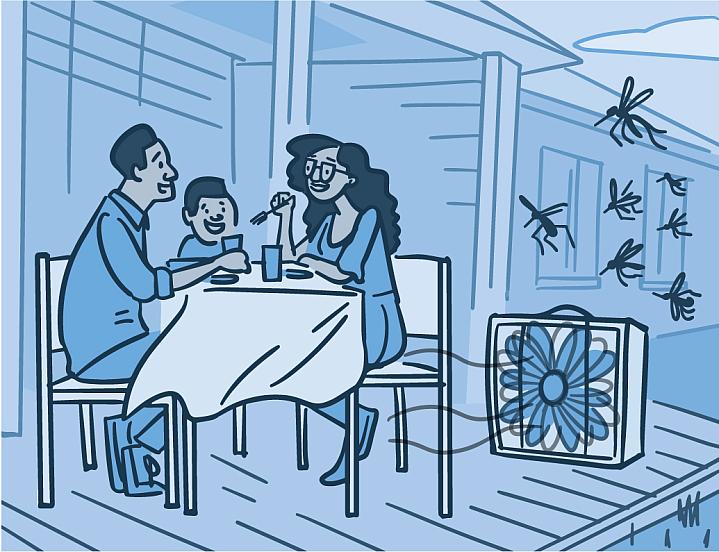June 4, 2024
The Community Health Corner
Submitted by Stephanie Gutierrez

The National Extension Framework for Health Equity and Well-being recommends using community development strategies and health literacy programs to ensure that everyone has a fair and just opportunity to be as healthy as possible. The following resources help us improve well-being for all, and achieve Healthy Kansas 2030 and Healthy People 2030 objectives.
Blocking Mosquito-Borne Diseases: As the days grow longer and warmer, summer fun beckons. Swimming, sports, and picnics go hand in hand with warmer weather. But so do bug bites. Mosquitoes, in particular, can ruin a day outside. And their bites aren’t just itchy and irritating. They can also spread disease. The list of illnesses carried by mosquitoes keeps growing. Some, like malaria, are rarely seen in the United States. Others, like dengue fever, are spreading in the Southern states as temperatures get warmer. And others, like the West Nile virus, now pop up seasonally in most parts of the country. Click here to learn how NIH-funded researchers are working to help stop the spread of mosquito-borne diseases.
Hidden Hazards: Some hazards in the home are easy to see, like a loose electrical socket or torn carpet on the stairs. Others are harder to spot, and some are even invisible, present in the very air we breathe. These include lead, mold, and radon. Fortunately, there are ways to identify and address these hidden dangers. Discovering potential toxins in the home can be concerning, but knowledge empowers action. Click here to learn about hidden dangers in the home and how to address them.
What Your Nails Say About Your Health: Nails can reveal important clues about health. While many changes in nail appearance are harmless, some can signal underlying health issues. Changes in nail texture, shape, or color can be linked to various conditions. Abnormal-looking nails should be discussed with a healthcare provider or a dermatologist. To learn more about what nails might be indicating and how to keep them healthy, click here.
For more information, contact Elaine Johannes, ejohanne@ksu.edu; and Stephanie Gutierrez, smgutier@k-state.edu.